The Great Lakes, particularly Lake Huron, hold many secrets beneath their vast surfaces. These lakes cover an area larger than Utah and contain 5,500 cubic miles of fresh water. Lake Huron is a vital water source for millions, yet its origins and changing water levels reveal a deeper story. This article delves into the formation of the Great Lakes, the forces that shaped them, and Lake Huron secrets they continue to hold.
The Formation of the Great Lakes
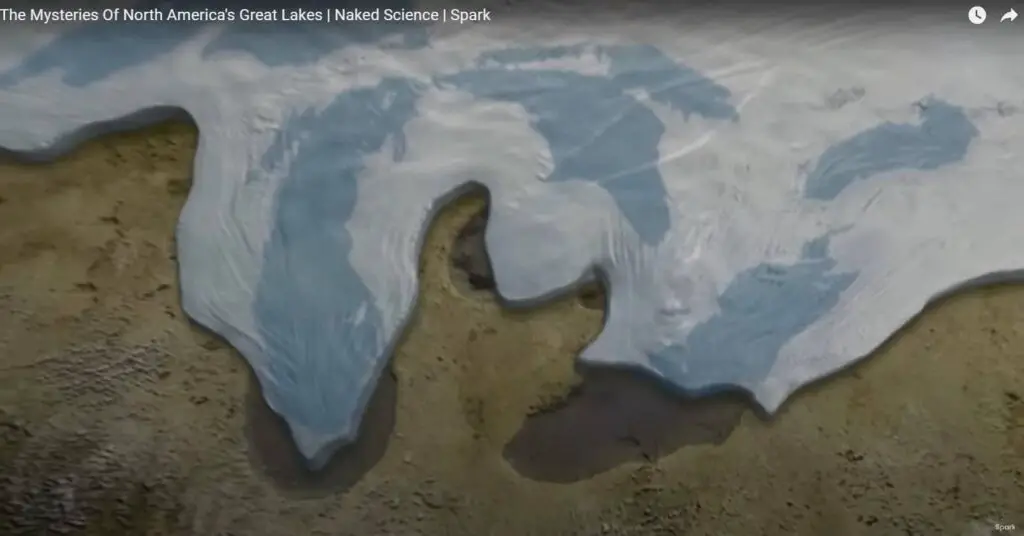
Lake Huron, along with the other Great Lakes, was formed through a series of powerful geological processes. The Laurentide Ice Sheet, a massive glacier, sculpted the landscape over millions of years, creating deep basins filled with water. The ice sheet moved across North America, gouging out the Great Lakes’ basins and leaving behind what we see today.
Evidence of Ice Erosion
On Kelly’s Island, ancient rocks are scarred by grooves, which are clear indicators of glacial activity. Dr. Jeff Dick from Ohio University studies these grooves to understand how the lakes formed. Unlike volcanism or water erosion, the grooves suggest that ice played a significant role in shaping the landscape.
The Role of Ice in Shaping the Lakes
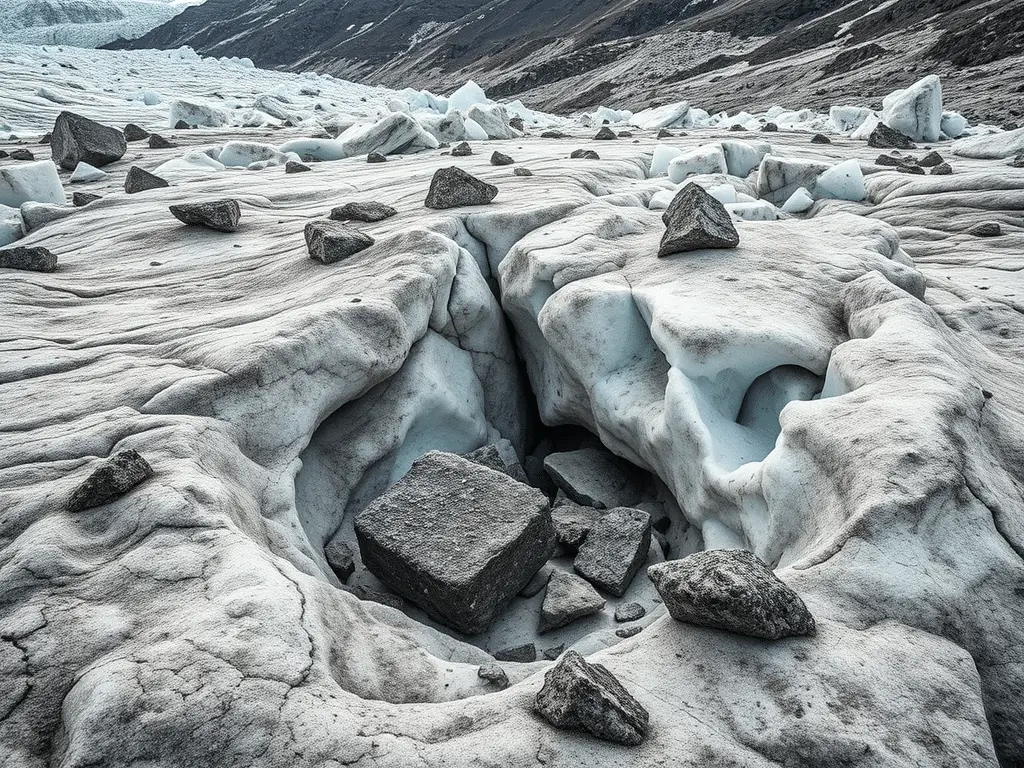
Glaciers are powerful forces of nature. In Iceland, glaciers move and grind through solid rock, demonstrating how ice can carve out landscapes. The Vatnajökull Glacier, Europe’s largest ice sheet, shows how dirty ice, embedded with rocks, can scour the land, similar to what occurred in the Great Lakes region.
Understanding Glacial Movement
Andy Russell, a geologist, explains that glaciers move slowly but steadily, exerting immense pressure on the land beneath. This pressure allows them to grind away at the bedrock, creating deep depressions. When the Laurentide Ice Sheet melted, it left behind the Great Lakes, including Lake Huron.
Niagara Falls: A Key to Understanding the Lakes
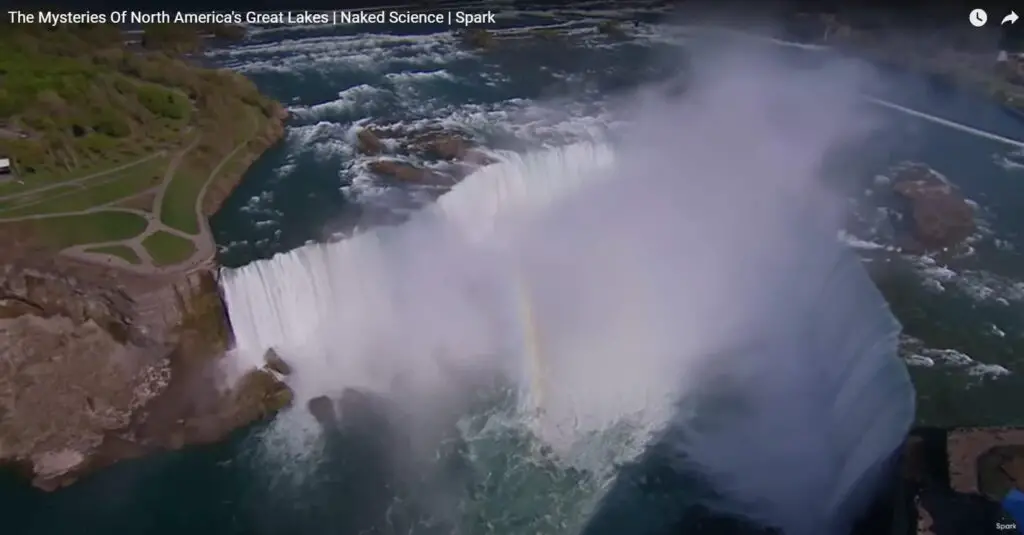
Niagara Falls is a significant clue in understanding the history of the Great Lakes. The falls erode backward at approximately 12 inches per year, allowing scientists to date the age of the falls and the lakes. John Men investigates this further by examining clam shells found near the falls, providing insight into the Great Lakes’ formation timeline.
Dating the Great Lakes
Using radiocarbon dating on clam shells, scientists can determine that Niagara Falls has existed for over 12,600 years. If the falls are that old, the lakes must have formed around the same time as the Laurentide Glacier melted, revealing the freshwater we rely on today.
Changing Water Levels: A Modern Mystery
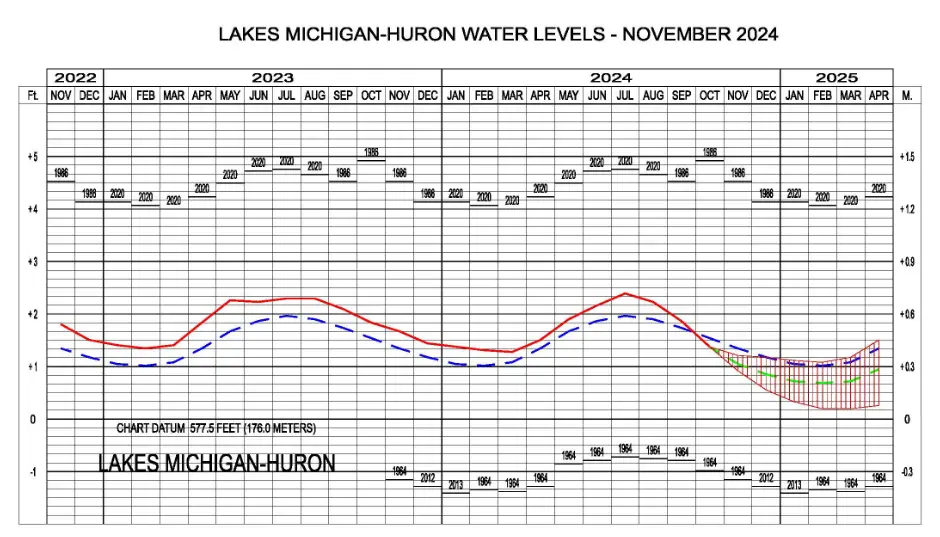
Today, water levels in the Great Lakes are changing, with the northern lakes experiencing a drop while the southern lakes see a rise. This phenomenon is attributed to the tilting of the land, a process that began with the melting of the glaciers. As the weight of the ice was removed, the land began to rebound, causing shifts in water levels.
The Tilt of North America
Professor Doug Hunter studies this tilt, discovering that the northern part of North America is rising while the southern part sinks. This imbalance affects the water levels of the Great Lakes, leading to concerns about future availability of this precious resource.
The Secrets of Lake Huron
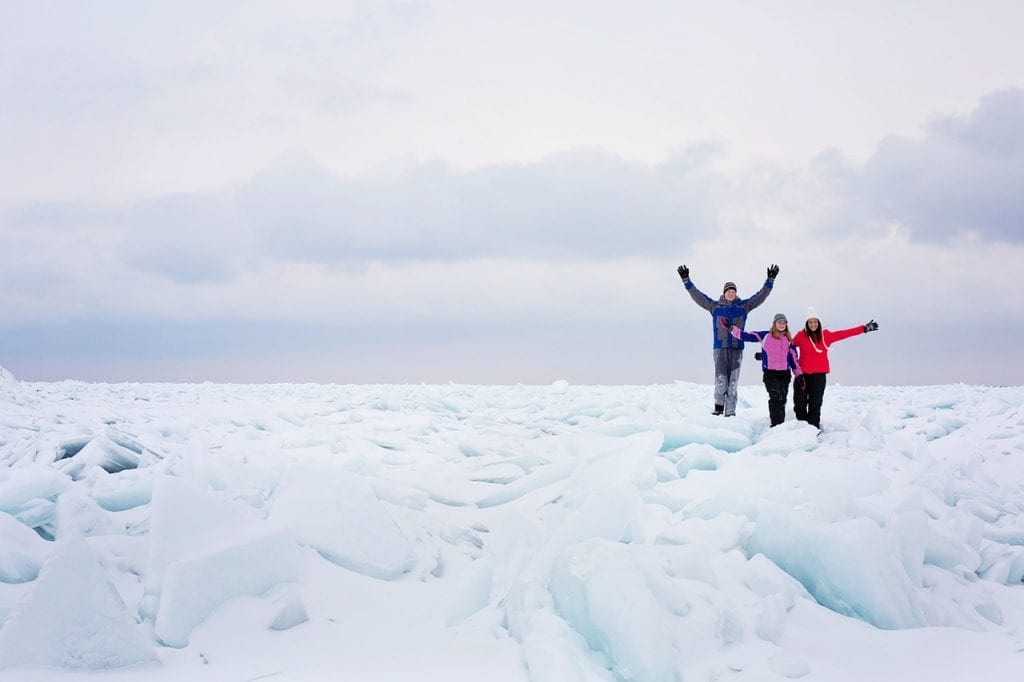
Lake Huron and the Great Lakes hold secrets of their formation and the powerful forces that shaped them. From glacial erosion to the ongoing changes in water levels, understanding these factors is crucial for conservation efforts. As we uncover the mysteries behind Lake Huron, we gain insights that can help protect this invaluable resource for future generations.
Final Thoughts
Lake Huron and the other Great Lakes are more than just vast bodies of water; they are dynamic ecosystems shaped by ancient glacial movements. The evidence of their formation lies in the grooves of ancient rocks, the power of ice, and the ongoing geological changes affecting water levels. Exploring these secrets not only enriches our understanding of the Great Lakes but also emphasizes the importance of protecting these vital resources.
FAQ Lake Huron Secrets
How were the Great Lakes, including Lake Huron, formed?
Why are water levels in the Great Lakes changing?
How does Niagara Falls help scientists understand the age of the Great Lakes?
Source
Spark. The Great Lakes: Secrets Beneath the Surface . YouTube. https://www.youtube.com/watch?v=_keDwFgt8W8. Published December 10, 2024. Accessed December 26, 2024.


